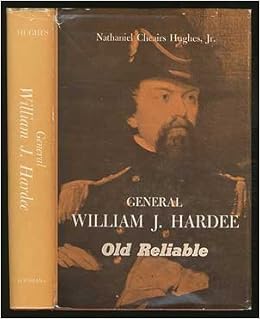On July 21st, 2012 the author, Fletcher Moore, and a photographer, Brett Falcon, hiked the 20 mile route taken by General Hardee 148 years ago -- to make this story:
One-hundred-fifty years ago next month, some 25,000 ill-fed, ill-dressed men issued from wood and earth fortifications around the perimeter of what is now downtown Atlanta. Their aim was to sneak around the edge of a sizable Federal army and slay them all from behind. The effort entailed a 15-mile march through the dark of night, in the smothering July heat, down dusty paths and through a trackless wilderness.General Johnston was replaced by General Hood as defender of Atlanta against Sherman. The objective was this:
After a failed attack on the Federals as they crossed Peachtree Creek north of Atlanta, Hood drew his troops into the city's inner defensive lines, in the hopes of getting Sherman to stick his neck out. Sherman arguably did just that, sending McPherson due west from the Decatur area along a route roughly corresponding to I-20. At nightfall on July 21, McPherson's 35,000 men were arrayed in a north-south line, from somewhere near the intersection of I-20 and Moreland Avenue to the vicinity of Little Five Points, with a reserve division (around 12,000 men) encamped in modern Candler Park.
 |
| Major General James B. McPherson, killed at the Battle of Atlanta on July 22nd, 1864. |
Seeing his opportunity, Hood ordered one of his corps commanders, Gen. William J. Hardee, to march his men along a hook-shaped route, south, then east, then back north, seeking to fall undetected upon the left flank and rear of McPherson's army. The march was to be performed under cover of night, aiming to recreate Confederate Gen. Stonewall Jackson’s similar maneuver at Chancellorsville the year before, which had produced a stunning victory. Audacious as Hood’s idea may have been, however, Hardee’s march was beset with unexpected obstacles, and the troops were not in a position to attack until past noon the following day, by which time McPherson had sniffed out the plan and sent his reserve to meet them. While the Confederates enjoyed some initial success, the offensive ultimately failed, and subsequently the Confederate position in Atlanta began to slowly unravel, culminating in a fiery retreat some six weeks later.
It was Hardee's route I aimed to duplicate.Yesterday was the 150th anniversary of the arrival of Sherman's columns in Atlanta.
The stories told by Fletcher Moore of General Hardee and Hood are not those of Gone With the Wind. The final paragraph telling the final fate of this Atlanta is chilling for the same reason that are those of Columbia and Richmond chilling, when the CSA falls, and the armies and government desert:
As I trudge through East Atlanta and drop myself on a bus bench to await my ride home, I can't help but think of the one detail of the battle that seems to escape the attention of those who identify with the “lost cause”: When Hood finally gave up the ghost and fled the city, it was he who lit the first match that burned Atlanta to the ground.
 |
| General Sherman |
The photos that go with this "Bitter Southerner" piece are fascinating and one wishes for more of them.


No comments:
Post a Comment